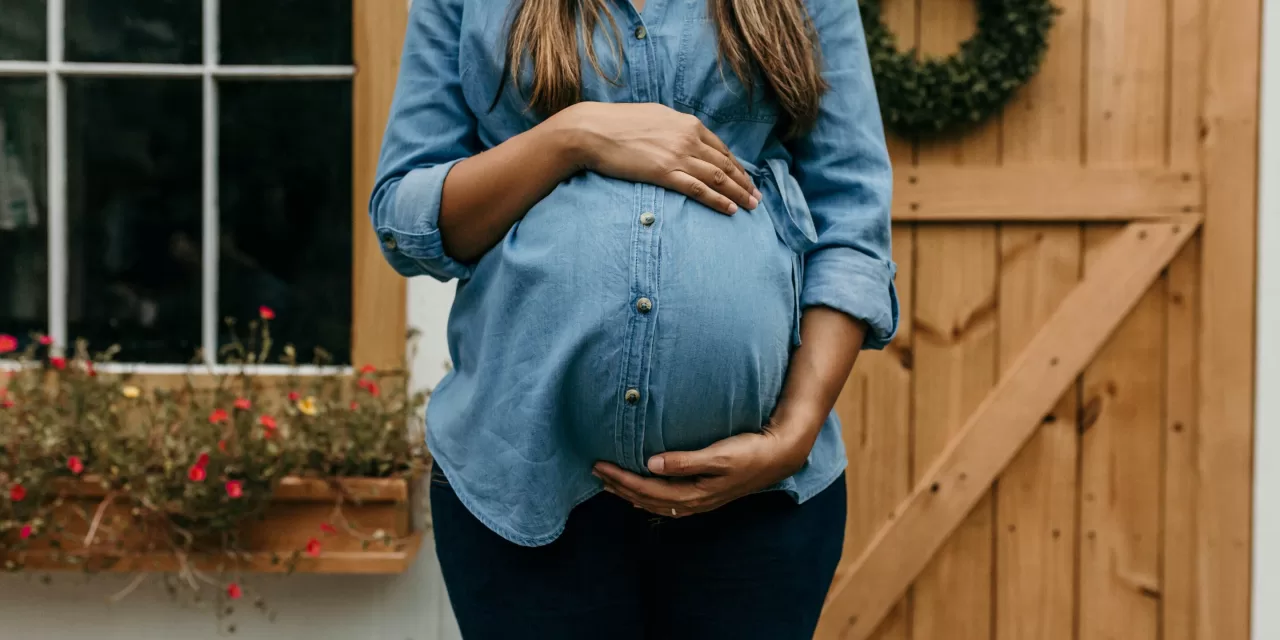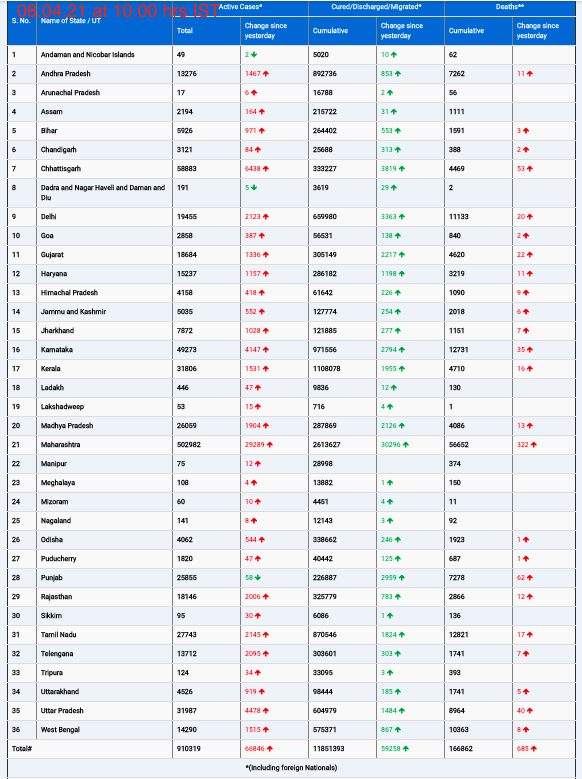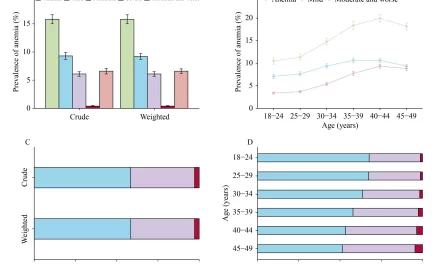October 23, 2024 – New research suggests that caffeine, a common stimulant, could play a crucial role in preventing cerebral palsy (CP) and other neurodevelopmental disorders in newborns, especially those who experience asphyxia—reduced oxygen supply—during birth. The findings, published in the journal Stroke on October 21, offer a potential breakthrough in managing this disabling condition, particularly in low-resource countries where current treatments fall short.
The study, led by Dr. Emin Maltepe, a neonatologist at the University of California, San Francisco’s (UCSF) Benioff Children’s Hospital, used an animal model to test caffeine’s protective effects against brain damage caused by asphyxia. “Caffeine has previously proven to be safe in stimulating the respiratory centers of preterm babies and helping them remember to breathe,” explained Dr. Maltepe. The new research builds on this, highlighting caffeine’s ability to cross the blood-brain barrier and act as a potent antioxidant and anti-inflammatory agent.
The Experiment: Caffeine’s Role in Preventing Brain Damage
The experiment involved 30 pregnant sheep, which were given either a caffeine dose equivalent to 10 cups of coffee or a placebo. After birth, their lambs underwent a controlled asphyxia event. Some of the lambs were then treated with caffeine, while others received a placebo. Results showed that lambs exposed to caffeine exhibited significantly lower levels of inflammation and less damage to both gray and white matter in their brains compared to untreated lambs.
“Caffeine-treated lambs were also more active—eating and moving around more—compared to those that did not receive caffeine,” added Dr. Jana Mike, the study’s first author and a pediatric intensivist at UCSF. Importantly, there were no adverse effects observed in the sheep mothers who were given caffeine.
The study’s promising results underscore caffeine’s potential as an affordable, accessible intervention for reducing brain damage caused by asphyxia in newborns. Currently, the only approved treatment for newborns who experience low oxygen levels is therapeutic hypothermia—cooling the baby’s body for 72 hours, followed by gradual rewarming. However, this treatment is only moderately effective, even in advanced healthcare settings.
A Solution for Low-Resource Settings?
One of the most significant aspects of the research is its potential application in low- and middle-income countries, where 95% of cerebral palsy cases occur. In these regions, access to high-tech therapies is limited, and prenatal treatments to prevent asphyxia are urgently needed. “We’re excited about the potential this brings for preventing long-term disability in babies with birth asphyxia, particularly in less-resourced countries,” said Dr. Maltepe.
The researchers note that cerebral palsy often results from brain hypoxia occurring earlier in pregnancy, possibly due to poor placental function. Preventing or mitigating damage before birth could greatly reduce the risk of cerebral palsy and other developmental disorders.
Next Steps: Human Trials on the Horizon
While the results from the sheep model are encouraging, the researchers emphasize that further studies in humans are necessary to confirm caffeine’s effectiveness. Dr. Maltepe and his team have already begun planning clinical trials in women and newborns across various global sites, and they remain optimistic about the drug’s potential.
“We reviewed over 1,000 drugs, taking an unbiased, agnostic look at potential therapies for this patient population,” Dr. Maltepe noted. “I didn’t expect caffeine to be the frontrunner, but it was the most effective of all the ones we examined, and significantly more effective than the current standard of care.”
This research marks an exciting step toward reducing the burden of cerebral palsy and other neurodevelopmental disorders, offering hope to families worldwide, particularly in underserved regions.
More Information: Jana K. Mike et al, “Perinatal Caffeine Administration Improves Outcomes in an Ovine Model of Neonatal Hypoxia-Ischemia,” Stroke (2024). DOI: 10.1161/STROKEAHA.124.048264












